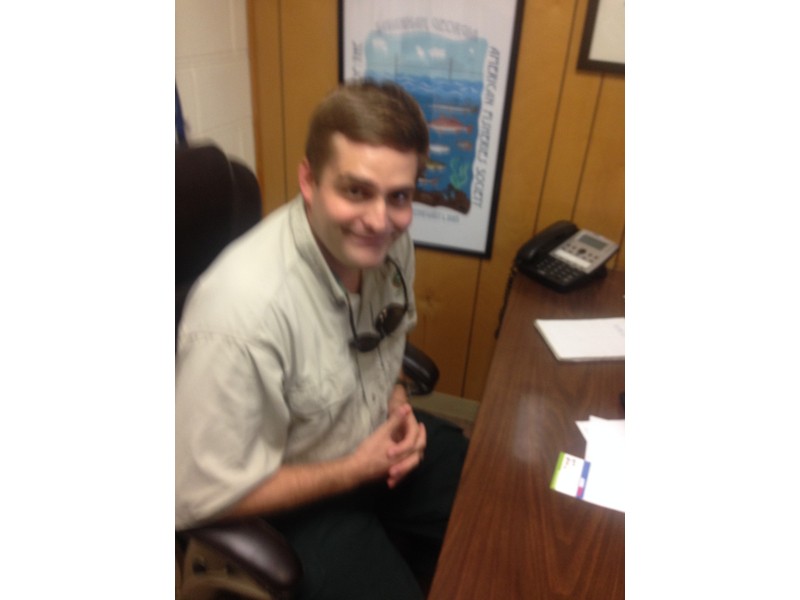“That’s enough,” I told myself just before noon on Thursday. “I’m pulling this boat out of the water and then I’m going to the DNR.”
Maybe, I thought, the Department of Natural Resources would refund the money I gave for my fishing license.
Thursday was another frustrating day of fishing but not catching; more exactly, fishing had been horrible for nearly a month. Traditionally August is one of the toughest months to catch bass on Lanier, but this year was off the charts.
They (the DNR), I said to myself, at least owe me an explanation as to why all the bass they are responsible for managing have disappeared from Lake Lanier.
Sporting a bad attitude, I entered the Wildlife Resources Office of the DNR on Dawsonville Highway, but was met with a bad-attitude-busting smile and invitation to sit and talk.
Fisheries biologist Patrick O’Rouke said there was a reason for my fishless frustration.
He invited me to look over his shoulder at some data just collected on the condition of Lake Lanier and how it relates to fish location.
He patiently explained to me how the thermocline affects where fish position themselves. The thermocline is the place in the water where the temperature changes quickly…you may have noticed it if you swim in any lake that there is a place where the water suddenly becomes cooler.
That's the thermocline, and it gets deeper and deeper as the hot summer progresses. This summer has been exceptionally hot.
Fish, as cold-blooded creatures, seek a comfortable temperature. Ninety-degree surface water is not comfortable for them so they descend into cooler water. There is a point, however, at which the cooler water begins to hold less and less saturated oxygen. Oxygen is a must, so the fish avoid going too deep.
All that scientific talk means that here is a measureable depth at which everything (temperature and dissolved oxygen) is optimal, and at that depth a majority of the fish will set up camp.
“They got to be in that sweat spot of cool water but oxygen,” O’Rouke explained. He added one disclaimer to his premise: largemouth bass, in general, are not part of this maxim. “Largemouth bass (far less in number on Lake Lanier than spotted or striped bass) are always going to stay shallow; they don’t really mind the warm water.”
“How deep?” I asked O’Rouke, realizing with angst that my days and days of fishing in 25-35 feet of water for the past month had been a total waste of time.
“Umm,” O’Rouke began, as he scoured the new data, “the bluebacks (the preferred meal for most predators in Lake Lanier) are probably going to prefer to be below 75 or 70 (feet). When you’re trying to find fish you’ve got to know where the bait wants to be.”
He explained that 70-feet of water isn’t necessarily where the spotted bass or stripers or walleyes hang out very long, but it is where they go to find dinner.
O’Rouke added that the conditions in the lake being as extreme as they are this year are due to a couple of factors. “With it not raining a whole lot this year and the Corp not generating a ton (moving water through the dam) we've got really good oxygen (at the depths).”
“In fact,” O’Rouke added, “you’ve got to get all the way down to 120-feet before you get below 2-parts-per-million of oxygen.”
120-feet! I might need to add some string to my fishing reel if I hope to fish that deep.
So guys/gals, if you are looking for bass, if your club is fishing a tournament this weekend, stay real shallow and hope for largemouth, or come equipped to fish deeper than you ever have.









